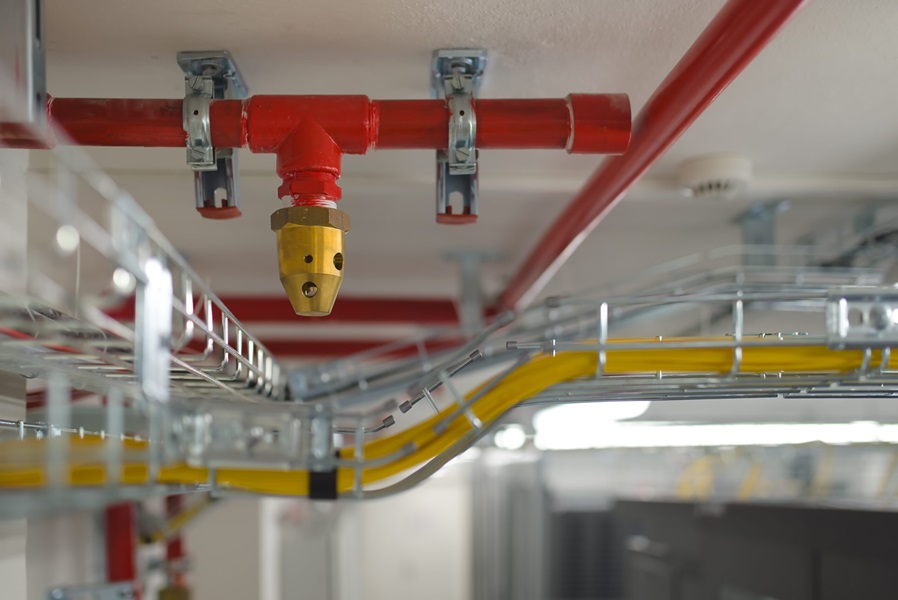Choosing the right fencing system is essential for ensuring security, durability, and aesthetic appeal. Whether for residential, commercial, or industrial purposes, selecting the best fence involves evaluating various factors. Here are the key considerations to help you make an informed decision.
1. Purpose of the Fence
Understanding the primary reason for installing a fence is the first step in choosing the right system. Fences serve different purposes, such as:
- Security: To protect property from intruders and theft.
- Privacy: To create a private environment, especially in residential areas.
- Aesthetics: To enhance the visual appeal of a property.
- Animal or Child Safety: To keep pets or children within a designated area.
- Boundary Marking: To define property lines.
2. Material Selection
The material of the fence significantly affects its strength, longevity, and maintenance needs. Common fencing materials include:
- Wood: Provides a classic and natural look but requires regular maintenance.
- Vinyl: Low maintenance and weather-resistant but can be more expensive.
- Metal (Aluminum, Wrought Iron, or Steel): Highly durable and strong, ideal for security purposes.
- Chain Link: Affordable and effective for security but lacks privacy.
- Composite: A blend of wood and plastic, offering durability with minimal maintenance.
3. Security Features
If security is the primary concern, consider:
- Fence Height: Taller fences deter trespassers.
- Materials: Strong materials like steel or wrought iron offer better security.
- Spikes or Barbed Wire: Prevents climbing.
- Electronic Features: Such as motion sensors, CCTV cameras, and electric fencing.
4. Durability and Weather Resistance
The fence should withstand environmental conditions such as rain, snow, wind, and sun exposure. Consider:
- Weatherproof Coatings: Prevent rust and corrosion for metal fences.
- UV-Resistant Materials: To prevent fading and cracking.
- Rot-Resistant Wood Treatments: To prolong wooden fence lifespan.
5. Maintenance Requirements
Some fences require frequent upkeep, while others are low maintenance:
- Wood: Needs staining, sealing, and repairs.
- Vinyl & Composite: Requires occasional cleaning with soap and water.
- Metal: May need rust treatment and repainting over time.
- Chain Link: Minimal maintenance needed.
6. Cost and Budget
The cost of a fencing system includes:
- Initial installation costs (materials and labor).
- Long-term maintenance costs (painting, repairs, treatments).
- Potential upgrade expenses (security features, reinforcements).
Balancing cost with quality ensures long-term value.
7. Local Regulations and HOA Rules
Before installing a fence, check with local authorities and Homeowners’ Associations (HOA) for regulations on:
- Fence height and materials allowed.
- Property line restrictions.
- Necessary permits.
8. Aesthetic Appeal and Property Value
A well-chosen fence enhances curb appeal and can increase property value. Consider:
- Matching fence design with home or landscape.
- Choosing colors that complement the surroundings.
- Ensuring uniformity with neighboring properties.
9. Ease of Installation
Some fencing options require professional installation, while others can be DIY-friendly. Consider:
- Pre-assembled panels for easier setup.
- Professional installation for complex designs.
- Customization options for unique property needs.
10. Sustainability and Eco-Friendliness
For environmentally conscious buyers, consider:
- Recycled materials such as composite or metal.
- Sustainably sourced wood with eco-friendly treatments.
- Solar-powered fence lighting for energy efficiency.
Frequently Asked Questions (FAQs)
1. What type of fence is best for security?
The best security fences are made of durable materials like steel, wrought iron, or reinforced chain link. Adding security features like barbed wire, spikes, or electronic surveillance enhances protection.
2. Which fencing material lasts the longest?
Metal fences, particularly aluminum and steel, tend to have the longest lifespan with proper maintenance. Vinyl and composite fences are also highly durable and resistant to weather damage.
3. How high should a security fence be?
For effective security, fences should be at least 6 to 8 feet high. Adding deterrents like spikes or angled tops can prevent climbing.
4. What’s the most affordable fencing option?
Chain link fencing is generally the most cost-effective option for security and durability, though it lacks privacy. Wood fencing can also be budget-friendly, depending on the type of wood used.
5. How can I maintain my fence to ensure longevity?
Regular maintenance includes:
- Cleaning and sealing wood fences to prevent rot.
- Applying rust-resistant coatings to metal fences.
- Washing vinyl and composite fences periodically to remove dirt.
- Checking for loose posts or damage and repairing as needed.
6. Does fencing increase property value?
Yes, a well-installed and aesthetically pleasing fence can boost curb appeal and increase property value, especially if it enhances security and privacy.
7. What should I check before installing a fence?
Before installation, check:
- Local zoning laws and HOA regulations.
- Property boundaries to avoid disputes.
- Utility line locations to prevent underground damage.
8. Can I install a fence myself?
DIY installation is possible for simple fence types like wooden or vinyl panels. However, complex designs or security fences may require professional installation for stability and compliance with local laws.
Conclusion
Choosing the best fencing system requires careful evaluation of security needs, durability, material options, and budget. Whether for residential or commercial use, a well-planned fence enhances safety, privacy, and property value. By considering maintenance requirements and local regulations, you can ensure a long-lasting and effective fencing solution.




